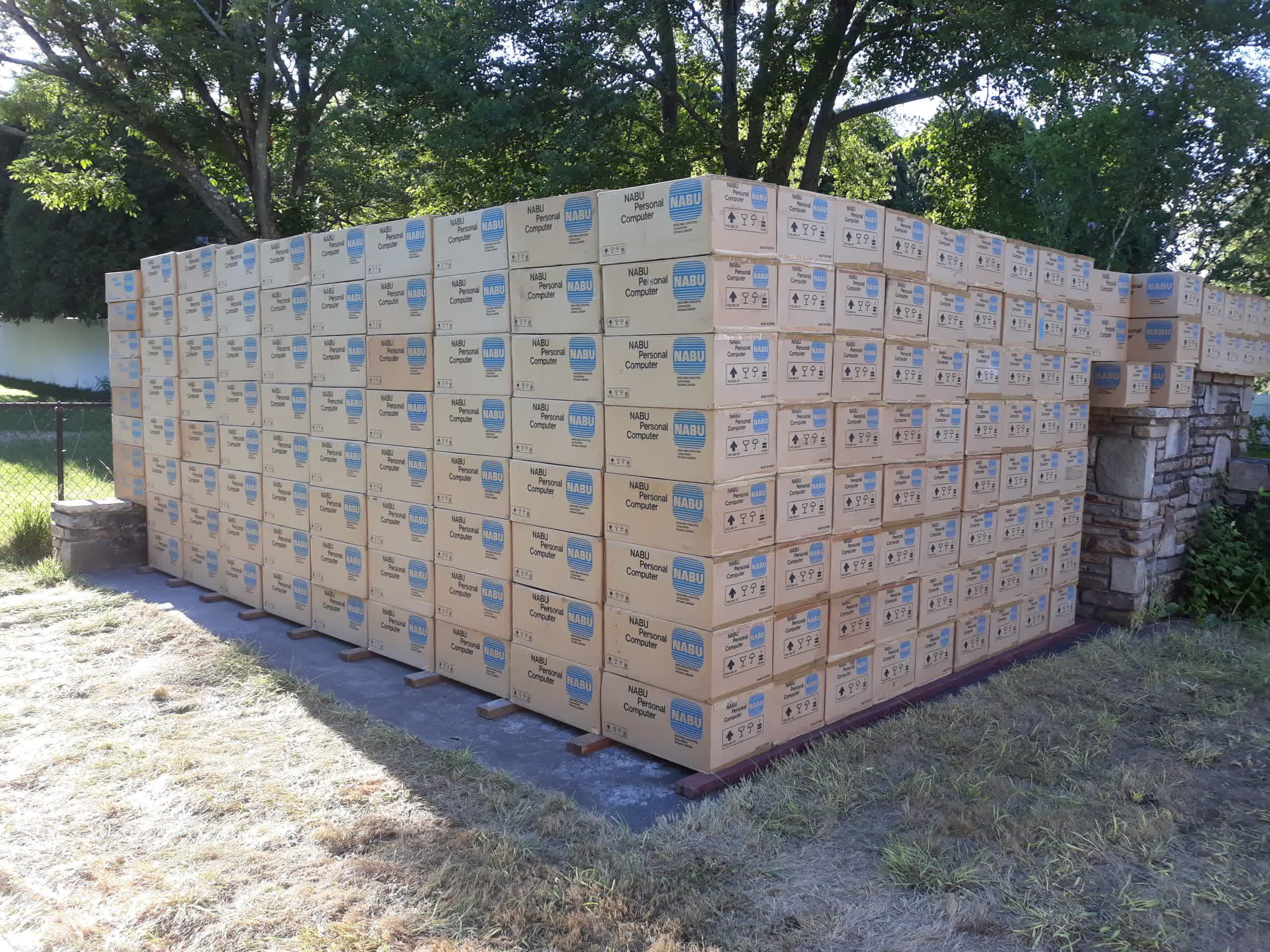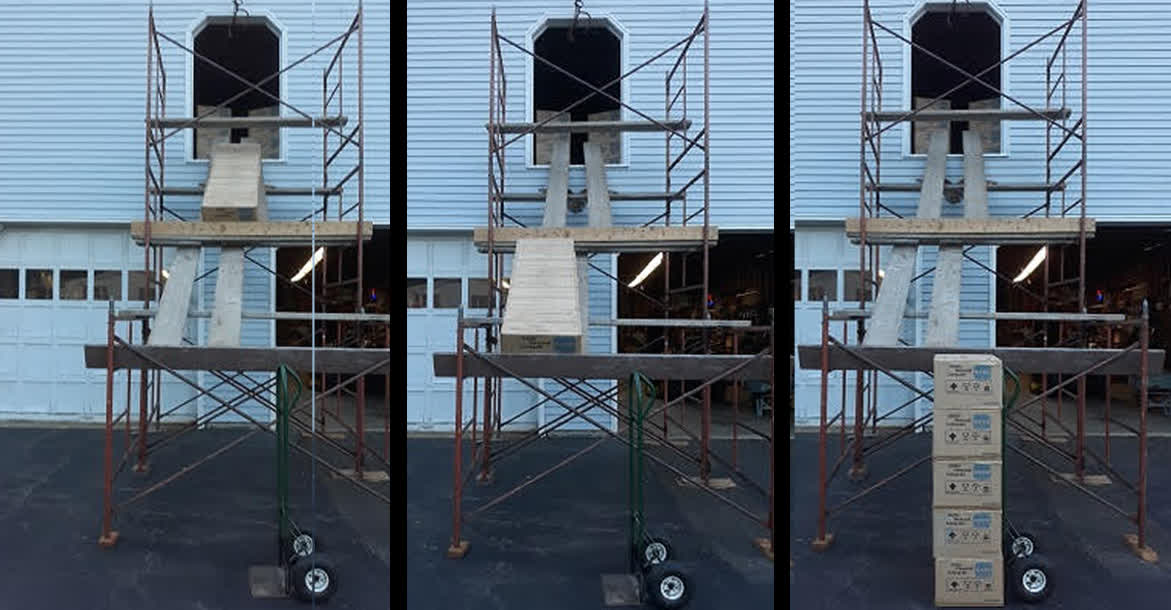Remember when... Chances are that even if you are an old computing geezer like myself, you've never heard of Natural Access to Bi-directional Utilities (NABU Network), otherwise shortened to NABU. It was a Canadian computer company dating back to 1982 that went bankrupt in 1985. Until recently, virtually everyone had forgotten about it. However, a resurgence of the defunct company's PCs is currently sweeping the retro computing community thanks to hundreds of the 40-year-old machines flooding eBay.

The influx of these dinosaur computing devices comes from one man in Massachusetts. Retired computer designer James Pellegrini has had 2,200 NABU computers sitting in his barn for the last 20 years. He originally bought them in the 1990s for the Z80 processors they contained. You may recall the Zilog Z80 as being used in various early PC systems, including the Osborne I, Sinclair ZX80, and TRS-80. It was famously featured as a second, but rarely used, processor in the Commodore 128. Early arcade machines like Pac-Man and home consoles like the ColecoVision also used the 8-bit chips.
Pellegrini intended to use the chips to build a telephone exchange system, but the project ultimately was too ambitious. The machines sat in his barn for 20 years until the building became too old to house the electronics safely. Unsure what else to do with the computers, Pellegrini began selling them on Craigslist for $20 each, but interest was so high that he switched to eBay and bumped the price to $60 apiece.

Surprisingly enthusiasts started snapping them up to such an extent that eBay temporarily suspended Pellegrini's account to verify that he owned all these computers flooding the marketplace. Not only was he found to be the owner, but the devices were practically brand new and in the original packaging. Pellegrini did unbox them as they sold to ensure they would boot, but other than that, the computers were straight from the factory. He has since boosted the price to $100 because of the high demand.
He continues adding eBay listings in batches as people snatch them up. Pellegrini told Motherboard that he had sold about 560 NABU machines in the last seven months, or just over a quarter of his supply. To get an idea of how many that is, check out this excerpt from a journal he has kept while selling the ancient PCs.
"I would climb up the staging into the loft door and gather 4 stacks of 5 computers. I climbed down and Cindy would then send 5 boxes. She would pick up a computer and let it slide down the planks. After she slid 5 computers down, I would grab them and put them in the truck. We would repeat this about 70 times and the truck would be filled. Again, physically I was fine, just sore and tired."

That means that one truckload holds 350 computers, so he's only partially through selling his second load, with about five more to go. In total, the 2,200 computers weighed the same as "roughly 11 full-size vehicles!" Pellegrini said that once he sells all his stock, he may start developing software for the aging systems, seeing as how he has created a new cottage industry for the machines.
These old systems, and the company behind them, have a fascinating history that is too long to get into in a standard article. If you're interested in how the machines were intended to be a proprietary internet even before the World Wide Web hit the scene, Motherboard did a thorough writeup that is worth the read.
Image credits: James Pellegrini